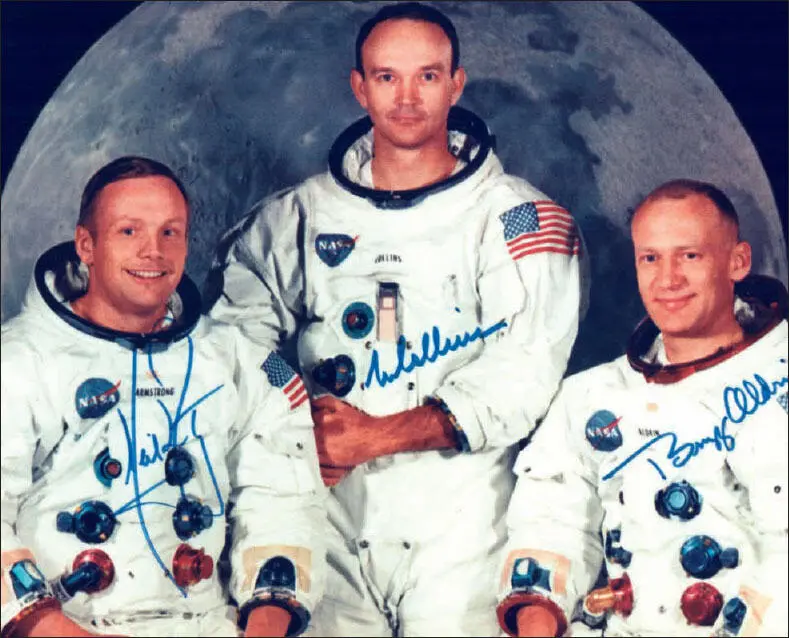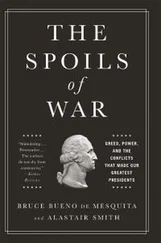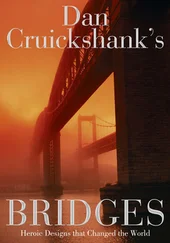David Livingstone’s journey to find the source of the Nile was a large part of the motivation behind my own nine-month expedition walking the length of the world’s longest river. It was reading about these adventures as a young man that set me on my path, starting in the army and eventually undertaking world-first expeditions of my own. Like Livingstone, I was also documenting my journey, keeping scribbles in a notebook rather similar to the one he used. But then again, I was able to use technology such as cameras he could only have dreamt of. We were both creating our own records of a shared experience more than 150 years apart.
As I have learned, modern day expeditions are not immune to danger. Whilst the promise of a helicopter can give the impression of a safety net, there is still a huge risk for anyone undertaking a remote climb or trek. Nature, whether it’s driving winds, freezing temperatures or intense heat, poses just as much risk today as it did a hundred years ago. The results can be tragic, as anyone who followed Walking the Nile will know. For early explorers such as Amundsen, Shackleton and Nansen, the Poles proved the ultimate challenge. Things inevitably go wrong but it’s at these times that a person can show what they’re made of. This book is a celebration of the few brave people who defied terrible odds and conditions to prove something vital to both the world and themselves. For every risk, the rewards are huge.
The stories featured in this book form an extensive list of human achievement that has had a huge impact on the world today. No space mission has quite captured the imagination of the world like the Apollo 11 moon-landing or had such a profound impact on science as Charles Darwin’s voyages. Sometimes these stories, such as the Challenger journey to the deepest point on Earth, are so extraordinary they can seem like science fiction. Personally, the expeditions that I love are the long-distance overland journeys, such as those by the intrepid Frenchwoman Alexandra David-Néel who in 1924 crossed the Himalayas in midwinter and entered a forbidden Tibet in native disguise. Perhaps less well known, but an achievement that deserves to be recognised.
There is still much to explore and plenty of experiences to be had, and I am sure that within our lifetime we will see more Great Expeditions that are just as impressive as the ones detailed in this book. I for one hope to keep following in the footsteps of the explorers who have gone before.
LEVISON WOOD
The Giant Leap
Apollo 11 and the Moon landings
“ The ‘a’ was intended. I thought I said it. I can’t hear it when I listen on the radio reception here on Earth, so I’ll be happy if you just put it in parenthesis.
Neil Armstrong commenting on his own quote and the most famous space line ever spoken: ‘That’s one small step for [a] man, one giant leap for mankind’.
WHEN
July 1969
ENDEAVOUR
Putting a man on the Moon
HARDSHIPS & DANGERS
The crew risked death by accident, fire, solar radiation and even drowning on their return to Earth.
LEGACY
The crew achieved perhaps the single greatest ‘first’ in human history. The Apollo program transformed the fields of astronomy, aerospace and computing, and put space at the forefront of our collective imagination.

Official photo of Apollo 11 crew (left to right): Neil Armstrong, Commander; Michael Collins, Command Module Pilot; and Edwin ‘Buzz’ Aldrin Jr., Lunar Module Pilot.
The first step on the moon by a man was also the last of an eight-year odyssey by the largest expedition team in human history. On 20 July 1969, Neil Armstrong had travelled 384,000 km (240,000 miles) in four days – the equivalent of nine circumnavigations of the Earth – through the deadly vacuum of space. But the Apollo program that put him there had employed the skills of 400,000 people for nearly a decade. More than 20,000 companies and universities had supplied equipment and brainpower. The project cost $24 billion and was easily the largest and most technologically creative endeavour ever made in peacetime. It was nothing less than the longest, most dangerous and most audaciously conceived expedition the world had ever seen. The catalyst was the singular vision of one man.
Race into space
On 12 April 1961, the Russian cosmonaut Yuri Gagarin became the first man in space. Just eight days later, US President John F. Kennedy (who had only been in office for three months) wrote this in a memo to his Space Council:
‘ Do we have a chance of beating the Soviets by putting a laboratory in space, or by a trip around the moon, or by a rocket to go to the moon and back with a man. Is there any other space program which promises dramatic results in which we could win?... Are we working 24 hours a day on existing programs? If not, why not?’
His choice of words – ‘beating’ and ‘win’ – made it very clear that he was intent on winning the Space Race.
Apollo takes to the skies
At this point, the United States was lagging behind the Soviet Union. One American astronaut, Alan Shepard, had flown into space, but he had not achieved orbit. The first Russian Sputnik craft had orbited the Earth in 1957.
NASA was given the funds to launch a completely new space program – Apollo – dedicated to achieving Kennedy’s stated goal ‘before this decade is out, of landing a man on the Moon and returning him safely to the Earth’. A new Manned Spacecraft Center (nicknamed ‘Space City’) for human space-flight training, research, and flight control was built in Houston, Texas. A vast launch complex (now known as The Kennedy Space Center) was built near Cape Canaveral in Florida.
Hundreds of the planet’s greatest scientific brains would spend the coming years solving seemingly impossible problems at breakneck speed, to create a rocket and spacecraft that could get a crew into orbit, then onwards to the Moon, down to its surface, and then repeat all these steps in reverse.
The program suffered a serious early setback. The Command Module of Apollo 1 caught fire on 27 January 1967, during a prelaunch test, killing astronauts Virgil Grissom, Edward White, and Roger Chaffee. But NASA learned from the disaster and went back to the drawing board to make their craft safer. In December 1968, the second manned Apollo mission, Apollo 8, was successfully launched. It became the first manned spacecraft to leave Earth orbit, reach the Moon, orbit it and return safely to Earth. After two more successful launches, Apollo 11 was cleared for launch on 16 July 1969.

A Saturn V rocket blasts the Apollo 11 mission towards the Moon on July 16, 1969. Astronauts Neil Armstrong, Michael Collins and Edwin Aldrin are in the cone-shaped Command Module in the middle of the picture.
Sitting in their tin can
On 16 July, 1969, Neil Armstrong, Edwin ‘Buzz’ Aldrin and Michael Collins strapped themselves into Columbia , the command module of Apollo 11. This tiny conical cabin would carry the three astronauts from launch to lunar orbit and back to an ocean splashdown eight days later. Connected to the bottom of the command module was the cylindrical service module, which would provide propulsion, electrical power and storage during the mission. Below that was Eagle , the lunar module that would make the actual descent to the Moon’s surface.
Читать дальше













